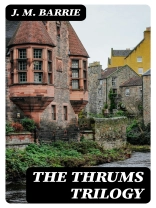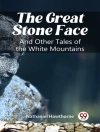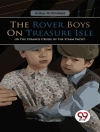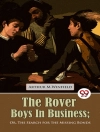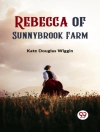J. M. Barrie’s ‘The Thrums Trilogy’ presents a rich tapestry of life in the fictional Scottish village of Thrums, intricately exploring themes of community, identity, and the interplay of tradition and modernity. Through a blend of lyrical prose and poignant dialogue, Barrie captures the essence of his characters’ struggles and aspirations, painting a vivid portrait of rural life while infusing it with a sense of magical realism. The trilogy, composed of three interrelated stories, remains emblematic of the Scottish literary revival, showcasing Barrie’s ability to weave humor and pathos into a narrative that resonates with universal truths. Barrie, a Scottish novelist and playwright, drew upon his own experiences growing up in Kirriemuir, Scotland, to create the vivid world of Thrums. His deep-seated connection to his homeland and its folklore profoundly influenced his work. Known for his affinity for children and whimsical storytelling, Barrie’s personal history of familial loss and his indelible experiences with Scottish culture all converge in this trilogy, making it a reflection of his inner life and artistic vision. For readers seeking an immersive journey into the heart of Scottish life, ‘The Thrums Trilogy’ is a must-read. Barrie’s ability to balance humor with genuine emotional depth renders this work both entertaining and profound, making it an enduring contribution to literature that captivates scholars and casual readers alike.
เกี่ยวกับผู้แต่ง
James Matthew Barrie (1860-1937), typically acknowledged simply as J. M. Barrie, was a renowned Scottish novelist and playwright most famous for his timeless creation, ‘Peter Pan’. Alongside his widely acclaimed fantastical works, Barrie’s lesser-known but nonetheless significant ‘The Thrums Trilogy’ left an impact on the literary scene. The trilogy, comprising ‘Auld Licht Idylls’ (1888), ‘A Window in Thrums’ (1889), and ‘The Little Minister’ (1891), offers poignant depictions of rural Scottish life and delineates characters that draw from his own upbringing in Kirriemuir, Angus, which he fictionalized as ‘Thrums’.
Barrie’s literary style can be characterized by his ability to merge reality with elements of fantasy, a deftness he wielded to explore themes of innocence, loss, and escapism. His ability to invoke the wonders of childhood imagination alongside mature introspection is a hallmark that courses through his oeuvre. His unique approach to narrative, his whimsical characters, and his deft interplay between fantasy and reality in works such as ‘Peter Pan’ or ‘The Admirable Crichton’ have indelibly marked him as a master storyteller. Moreover, his exploration of Scottish identity and ethos in ‘The Thrums Trilogy’ foregrounds the social and cultural dimensions prevailing in his time. Despite the advent of modern literature, Barrie’s work continues to resonate, immortalizing his stature in the pantheon of classic literary figures.
